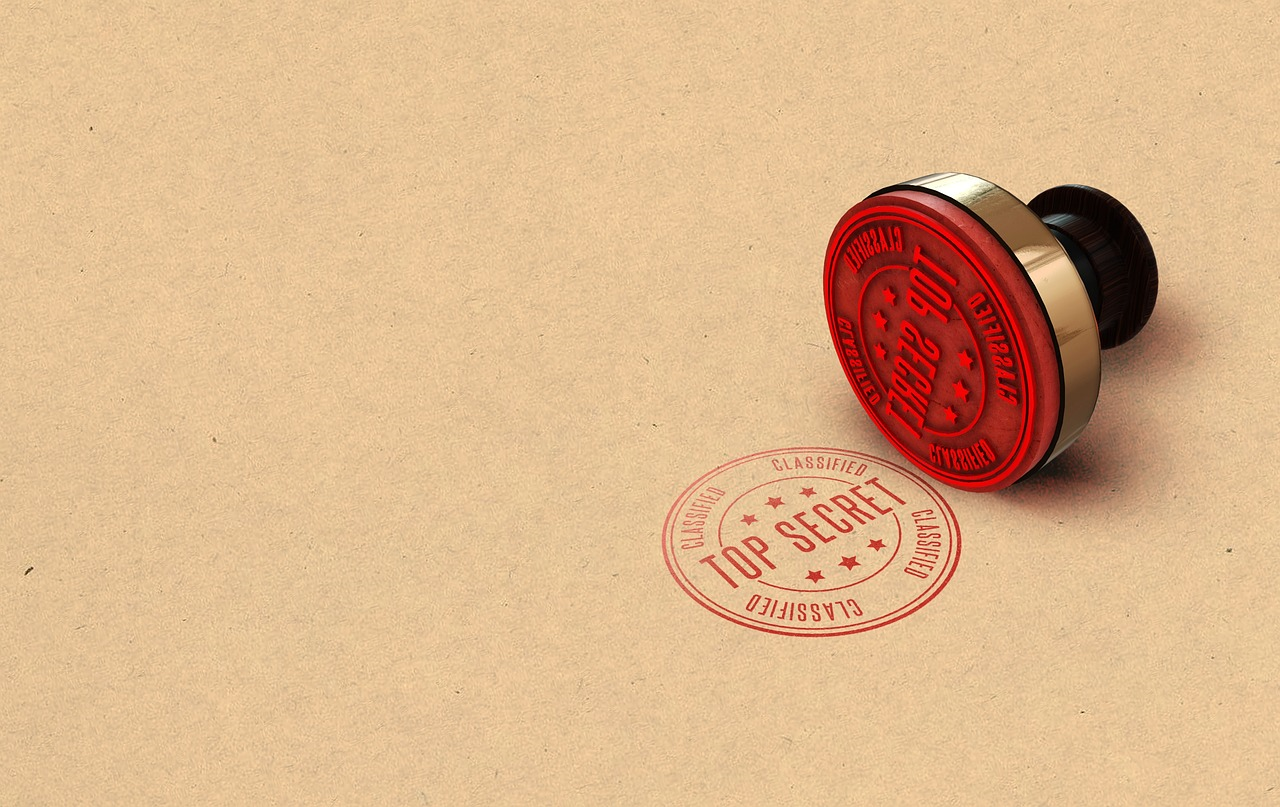Unit 8: Lesson 6: Privacy and Confidentiality
Lesson 6: Privacy and Confidentiality

Lesson 6: Privacy and Confidentiality
Privacy and confidentially are issues that bridge medical, legal, and ethical codes and regulations. This area is often challenging as it can involve conflicting interests: the rights of the individual and the greater good of society. While professionals must always follow the government's legal mandates, so many situations and aspects are not covered by these laws.
The practice of giving patients privacy about their healthcare is an ancient one—the first record of keeping information private between the patient and their physician dates to around 1130 B.C. Greek physicians recorded their patients' data, including the names of patients and their medical histories, and kept that information in their temples. Access to the temples was restricted to authorized individuals, meaning people had some degree of privacy with their health information. The contemporary code of maintaining a patient's privacy comes from Hippocrates.

In the United States, the expectation of privacy between physicians and patients is legal and ethical. Information shared between physicians and patients is considered privileged communication, meaning the physician does not have to reveal the patient's information on the witness stand. However, it is essential to note that most communications will not be entirely private. The physician may note information from these conversations in the patient's medical records, which is available to a broader range of healthcare professionals.
In addition, although confidentiality of health information is generally assumed, this is a relative concept. In the United States, confidentiality of health information is not granted in the Constitution. The keeping of electronic records also means that a person's health information may be available to a more significant number of people than it was when paper records were used. Non-employees might also view medical records when reviews of healthcare facilities are performed. Check-up notices mailed to patients, conversations between healthcare professionals about patients within hearing of other people, and healthcare professionals who discuss patients in an identifiable way outside of a healthcare setting all represent confidentiality issues. Healthcare providers may face confidentiality issues with their medical information as their colleagues can access it through electronic records.
Death and Dying
Another area that bridges legal and ethical responsibilities in the health science field is death and dying. Every individual faces death at some point in their life, and how death is handled medically is a matter of both legal and ethical consideration. The definition of death itself is often a matter of controversy amid legal and ethical issues. Harvard Medical School argues that death occurs when a person's heartbeat and respiration cease or when brain death occurs. However, due to advancing technology, it is sometimes possible to keep an individual 'alive' when they are brain dead, creating situations that raise multiple legal and ethical concerns.

The removal of life support is one of these legal and ethical issues that raises much controversy. Likewise, the removal of food and water from a terminally ill patient can also create legal and ethical issues since these actions often result in the death of a person. While healthcare professionals are charged with helping individuals toward better health, each person may have preferences regarding their treatment (and death) and may refuse treatments that would keep them alive.
Ethically, many healthcare providers support a terminally ill or injured person's right to 'die with dignity' and refuse treatment that might prolong their life. However, the legal and ethical issues are more complex when considering whether healthcare professionals should help terminally ill patients die if it is the patient's wish to do so. Euthanasia, also known as mercy killing, is when a physician actively helps a patient end their life. However, in some places, it is a crime to assist in a suicide (and in some areas, it is a legal crime to even attempt suicide with or without help from another person). In the United States, there have been several cases of people brought to trial for helping a family member die. For example, one man was sentenced to life in prison for shooting his wife, who was in the late stages of Alzheimer's disease. Physicians and other healthcare providers have also faced legal complications and loss of their licenses for assisting individuals with their deaths.
In this unit, we learned more about the legal and ethical issues that intersect with the health sciences. Today, many aspects of the healthcare field raise legal and moral concerns. These concerns develop due to the fast pace of medical technology, our increasing understanding of health and disease, and the challenges of assisting patients within various healthcare settings.
Think About
- What is medical malpractice? What actions or behaviors might be considered malpractice?
- What legal responsibilities do health science professionals have?
- What laws and regulations protect patients?
- What are ethics? How are they related to the health science field?
- What are some of the legal and ethical issues that affect the health sciences?
